The Republic of Cyprus. Towards new waves of migration.
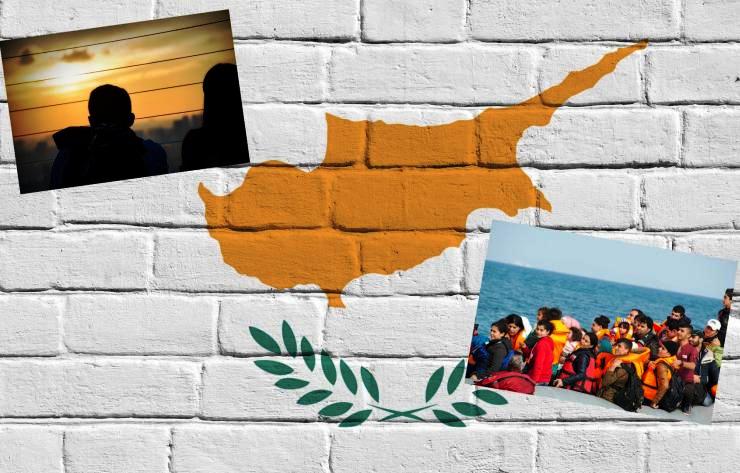
An island divided between two states with a buffer zone under the control of the UN at its centre. It is subject to the various interests of the great powers in the eastern Mediterranean. The migration issue makes Cyprus the country with the highest rate of asylum seekers in the entire European Union. The upheavals of the Arab-Israeli conflict as well as the dramatic conditions of Syrian society and Lebanese decadence give rise to fears of greater waves of migration towards Cyprus in the short term.
Of the 27 countries of the European Union, the Republic of Cyprus is the most eccentric and marginal. This is the case geographically (it is firmly placed on the Asian continental shelf), politically (it is the product of a civilization fault between the Turkish world and the Greek world which finally divided the island) and demographically (the current inhabitants are Greeks but also Arabs, English, Romanians, Bulgarians and Russians… and incessant melting pot started by Hittites, Assyrians, Phoenicians, Persians, Macedonians, Romans, Byzantines, Franks, Venetians, Ottomans), strategically (between imperious Turkish expansionism, the failure and destruction of the Syrian state, the crisis and fragmentation of Lebanon, the brutal Israeli-Palestinian conflict and the various interests of the great powers in the eastern Mediterranean), economically (despite everything it has a thriving economy, especially in financial services and tourism, with a considerable per capita income of $34,163 in 2023, not less than the European average).
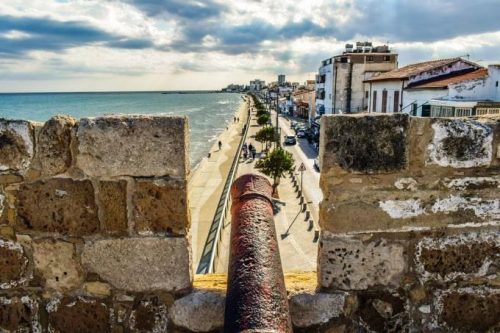
Cyprus, Larnaca, Old town. Pixabay
In this singular geopolitical balance, the migration issue has been erupting for some years, confirming once again the exceptional nature of this state of 9,251 square kilometres of which Turkey occupies 3,355 and another 604 are unused because they make up the demilitarised buffer zone between the South and North under the auspices of UN or British military bases. In 2022, with 912,703 registered inhabitants, 22,190 people arrived in Cyprus requesting asylum, a number equal to 2.4% of the resident population.
Some of this relatively large number of migrants arrived by sea, sailing by any means (even jet skis) from the nearby coasts of Lebanon, Syria or Turkey, and it is the route mostly used by Syrians, Afghans, Lebanese, Somalis, Eritreans and Palestinians (now including families from Gaza). Others came by land, crossing the buffer zone of the island from North to South with the help of traffickers, after having reached Turkey by plane with an expensive enrolment in one of the many private universities set up ad hoc in the part of Cyprus under Ankara’s control. Until recently, this was the path taken by many Africans. It is currently interrupted by the same Turkish authorities who had allowed it.
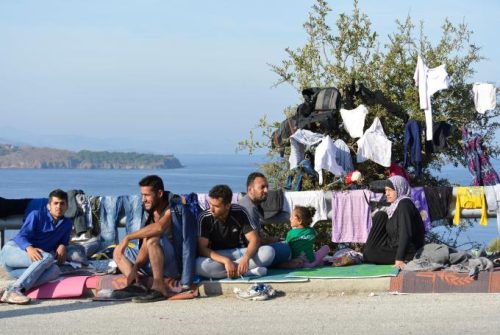
A large number of migrants arrived by sea. 123rf
What fate awaits migrants in Cyprus? A minority obtain refugee status, a regularization which gives rise to the legal obligation to reside in the country for at least five years before possibly moving elsewhere, in accordance with the provisions of the European Union regulations. The majority of migrants, however, after the rejection of their asylum application, or after their downgrading from potential refugees to economic migrants without rights, become irregular.
There are few repatriations in the Cypriot system, whether forced at the expense of the state or voluntary, perhaps upon payment of a couple of thousand euros as a severance package. Thus, they remain in limbo, stranded on the island, prisoners in the open air, living and sleeping on the streets, making do somehow, exposed to hardships and illnesses, supported by remittances from distant relatives in the more fortunate cases. Anyhow, these are the unfortunate ones. In summer, the squares and gardens in Cypriot cities are full of failed migrants as well as tourists. Arriving in Cyprus as an illegal immigrant is very easy, but it is difficult to proceed without regularization to other European Union countries: geography is inexorable.
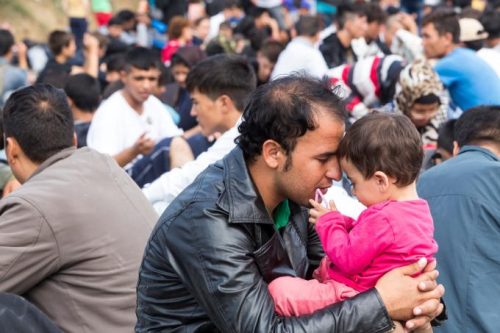
The majority of migrants, after the rejection of their asylum application, or after their downgrading from potential refugees to economic migrants without rights, become irregular. 123rf
The Cypriot population is not at all happy with the many migrants remaining on the island without residence documents, but on the whole, it is tolerant and integration is often possible. The economy is buoyant, there is work whether good or bad, and society is already pluralistic. The emergence of a xenophobic neo-Nazi group was matched by that of associations aimed at defending migrants. It should be remembered that many Cypriots themselves have a refugee history, albeit a unique one. After the Turkish invasion in 1974, cross-exoduses between the North and South of the island, with the abandonment of homes and properties, involved almost half the population: hundreds of thousands of people of Greek culture fled from the North and many of Turkish culture also fled from the South. For a quarter of a century, until 1999, the UNHCR played its part in assisting these refugees, recognized as such by the international community. In loco, it was only the determination of the Nicosia government not recognizing the self-proclaimed independence of Northern Cyprus that allowed them to be defined as internally displaced persons.
Pournara Hotspot
The largest hotspot through which everyone passes, with basic room for a thousand people, is that of Pournara, 10 km from Nicosia. It is located in the countryside which is pleasant in winter but parched in summer, in the plain between the two mountain chains of the island, the Pentadaktylos and the Trodos, the former in the Turkish area and the latter in the Greek area.
Pournara is a heaving mass of human beings with almost no possessions. Containers, cardboard shacks, makeshift tents given as a one-off gift by some European institution, which are now ruined, host an excessive number of people who often sleep on the floor, lack winter clothing, walk around in slippers or flip-flops without socks and receive barely enough food for subsistence. There are no trees to be seen and, in the summer, the secluded guests crowd together under the few existing canopies to escape the scorching sun. Internal fights are frequent, especially between Arabs and Africans, although the decline in numbers of the latter and their segregation in isolated corners of the camp means they now happen less frequently. The guests have nothing to do all day except to indulge in idleness and get bored or depressed.
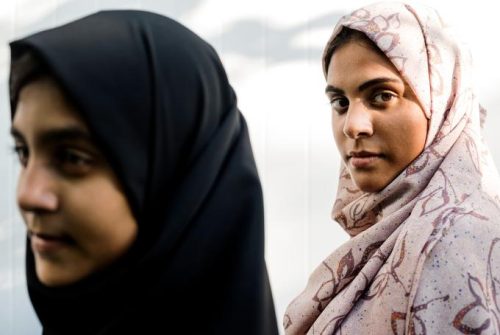
Many young people who came with great hope feel betrayed.123rf
Mostly young if not very young men, who arrived with great hope, feel betrayed. Many sense that their asylum request will not be accepted. Until recently, the majority in Pournara comprised Congolese, Nigerians, Cameroonians and other Africans who arrived overland from Northern Cyprus, but at the moment it is made up of Asians. They are Afghans, Iranians, Pakistanis, Palestinians, and above all Syrians. The latter are refugees from a war that has lasted for thirteen years: they would have full right to asylum but now various members of the European Union, and the Republic of Cyprus is no exception, would like to declare Syria a safe country, to be able to reject the refugees.
The Syrians of Pournara are mainly teenagers in the painful condition of never having been able to go to school. Before the war, Syria had high levels of education but since 2011, everything has collapsed. The absolute lack of education is a very serious handicap on the future of these children who, among other things, unlike their fathers, do not speak English or French but only Arabic.
The upheavals of the Arab-Israeli conflict in the nearby region, as well as the dramatic conditions of Syrian society and the unexpectedly rapid Lebanese decline, give rise to fears of greater waves of migration towards Cyprus in the short term. (Open Photo: 123rf)
Roberto Morozzo della Rocca



